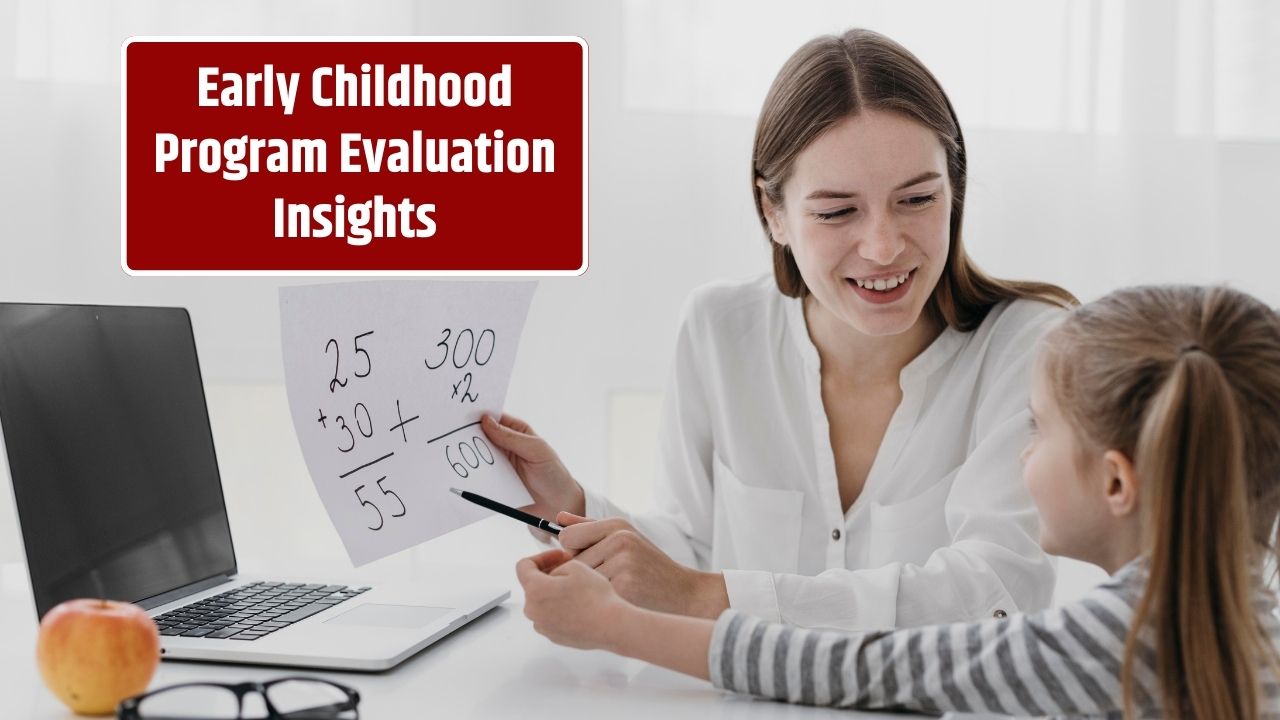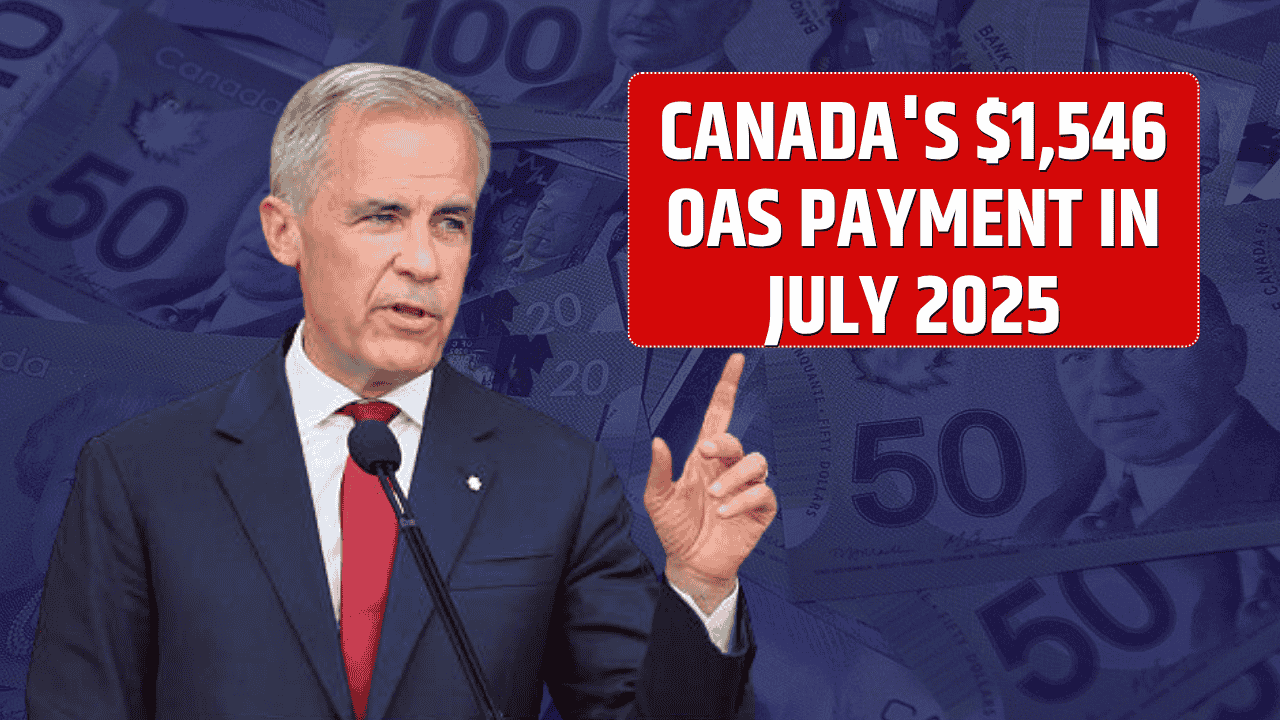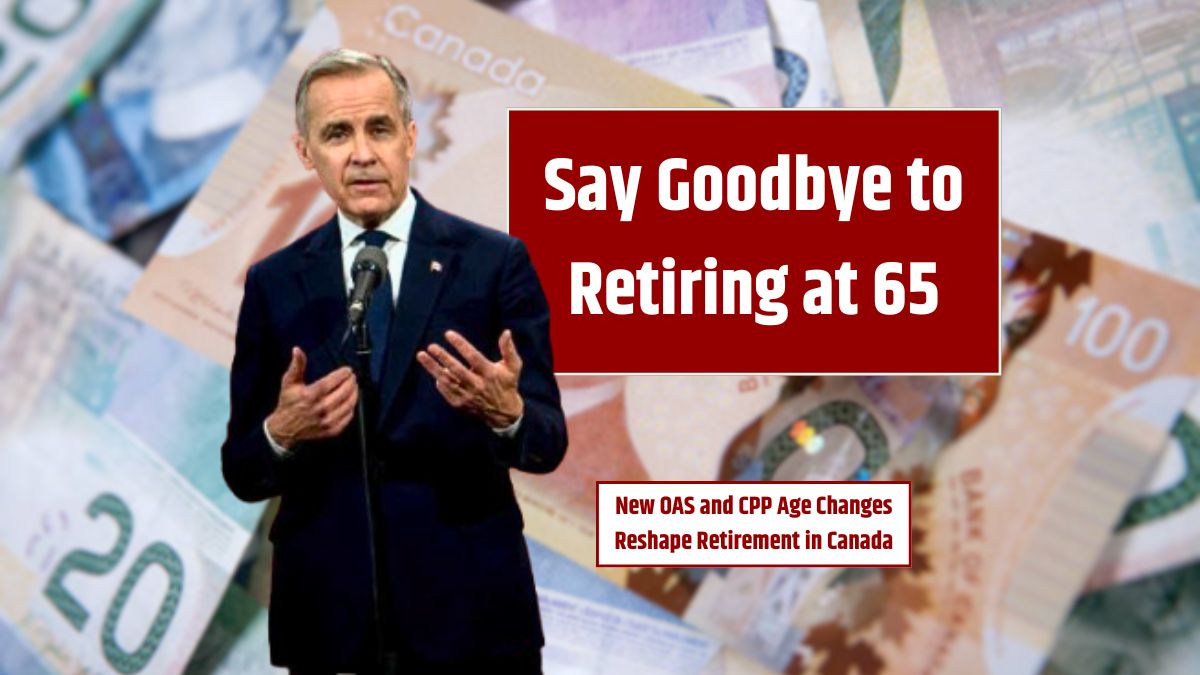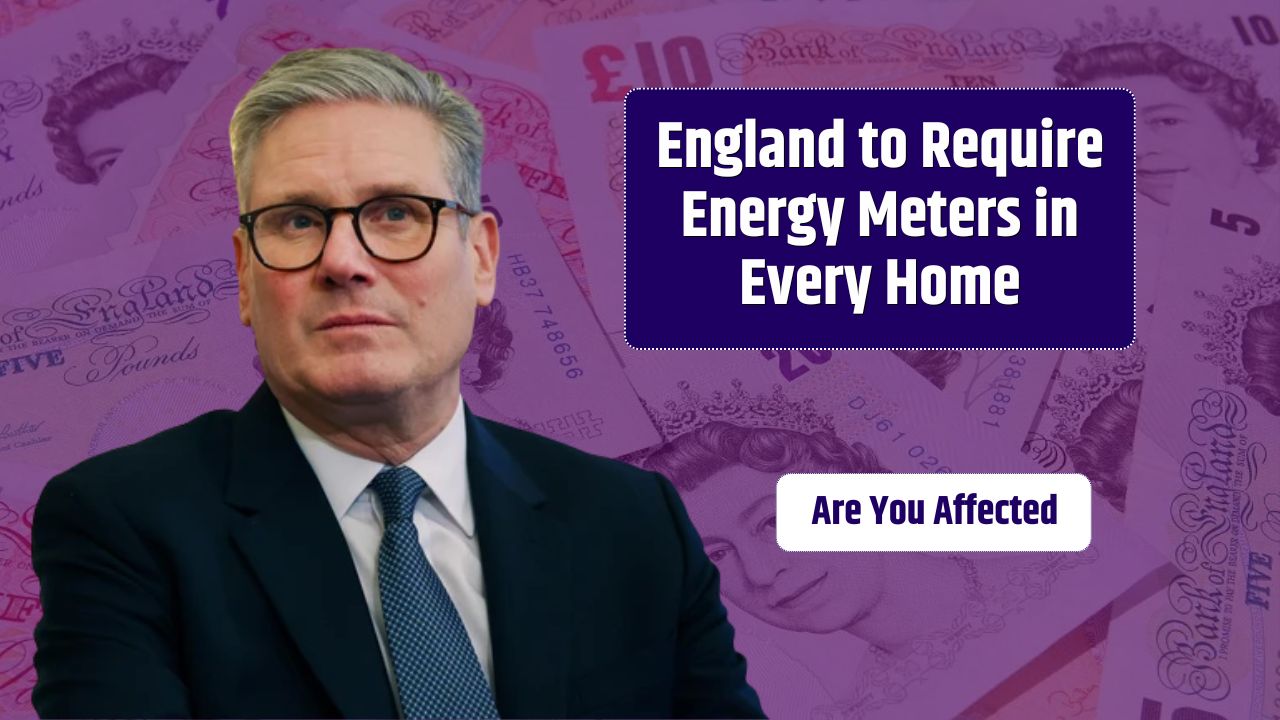Early childhood programs—like preschool, home visiting, and early intervention services—are critical investments in a child’s future. But how effective are they really? What does the evidence show about their long-term value? Evaluating early childhood programs through rigorous data analysis gives policymakers the tools they need to allocate resources wisely and design programs that deliver real impact.
Here’s what the data say about evaluating early childhood initiatives—and why it matters more than ever.
Table of Contents
Why Early Childhood Evaluation Is Important
The early years of life are a period of rapid brain development and foundational learning. Research shows that high-quality early childhood programs can improve outcomes in:
- School readiness and academic achievement
- Social-emotional development
- Health and nutrition
- Long-term economic mobility
But to ensure programs actually deliver these outcomes, governments must evaluate them regularly. Effective evaluation helps answer key questions:
- Are we reaching the children most in need?
- Are children making measurable gains?
- Which program models are most effective?
- How do benefits compare to the costs?
What the Research Says: Key Findings
Over decades, researchers have gathered strong evidence about the impact of early childhood programs. Here’s what the data reveal:
| Outcome Area | What the Data Say |
|---|---|
| Academic Achievement | High-quality preschool boosts early literacy and math, with lasting effects into middle school. |
| Social-Emotional Skills | Children in early programs show improved self-regulation, attention, and behavior. |
| Health Outcomes | Home visiting programs can reduce low birth weight and improve child nutrition. |
| Economic Returns | Studies like the Perry Preschool and Abecedarian Project show ROI of $4 to $13 per $1 spent. |
| Equity Gains | Targeted programs reduce achievement gaps for low-income and minority children. |
These outcomes are particularly strong when programs are high-quality, meaning well-trained staff, small class sizes, evidence-based curricula, and meaningful family engagement.
Evaluation Methods Used
Evaluating early childhood programs often involves a mix of quantitative and qualitative approaches. Common methods include:
| Method | Description |
|---|---|
| Randomized Controlled Trials (RCTs) | The gold standard for causal impact, though expensive and complex |
| Quasi-Experimental Designs | Uses comparison groups to estimate impact when RCTs aren’t feasible |
| Longitudinal Studies | Track children over years to assess long-term outcomes |
| Mixed-Methods | Combines surveys, interviews, and performance data for a fuller picture |
| Cost-Benefit Analysis | Compares program costs to long-term societal gains |
Many federal evaluations (e.g., Head Start Impact Study, MIECHV evaluations) use these techniques to understand not just if a program works, but how and for whom.
Challenges in Evaluation
Despite the strong data, evaluating early childhood programs isn’t easy. Key challenges include:
- Measuring Long-Term Impact: Benefits may take years to appear, requiring long studies.
- Data Integration: Linking data across education, health, and social services is difficult.
- Variability in Program Quality: Not all early childhood programs are created equal—outcomes depend heavily on quality.
- Equity and Representation: National averages can mask disparities; evaluations must disaggregate by race, income, and geography.
- Changing Contexts: COVID-19, workforce shortages, and policy changes impact outcomes and comparability.
What Makes a Strong Evaluation?
To produce actionable insights, evaluations should:
- Be grounded in a clear theory of change
- Include baseline and follow-up measures
- Track both process (how well the program is implemented) and impact
- Disaggregate outcomes by subgroup to assess equity
- Translate findings into policy-relevant recommendations
Programs that build evaluation capacity internally—through data systems, training, and partnerships—are better equipped to improve and scale.
FAQs
Which early childhood programs have the strongest evidence?
Programs like Head Start, Early Head Start, Nurse-Family Partnership, and high-quality preschool models have consistently shown positive outcomes in rigorous evaluations.
Are the benefits of early childhood programs long-lasting?
Yes, especially for high-need children. Some effects (like test scores) fade, but others (like graduation rates, earnings, and crime reduction) persist.
Is it worth investing in program evaluation?
Absolutely. Evaluation ensures that funds are used wisely, programs are effective, and improvements are based on real evidence.


























